On February 25, 2022, five professionally trained divers working off the coast of Pointe-à-Pierre, Trinidad and Tobago, found themselves in a terrifying situation.
They were trapped deep underwater in a 30-inch-diameter pipeline, with nobody coming to rescue them.
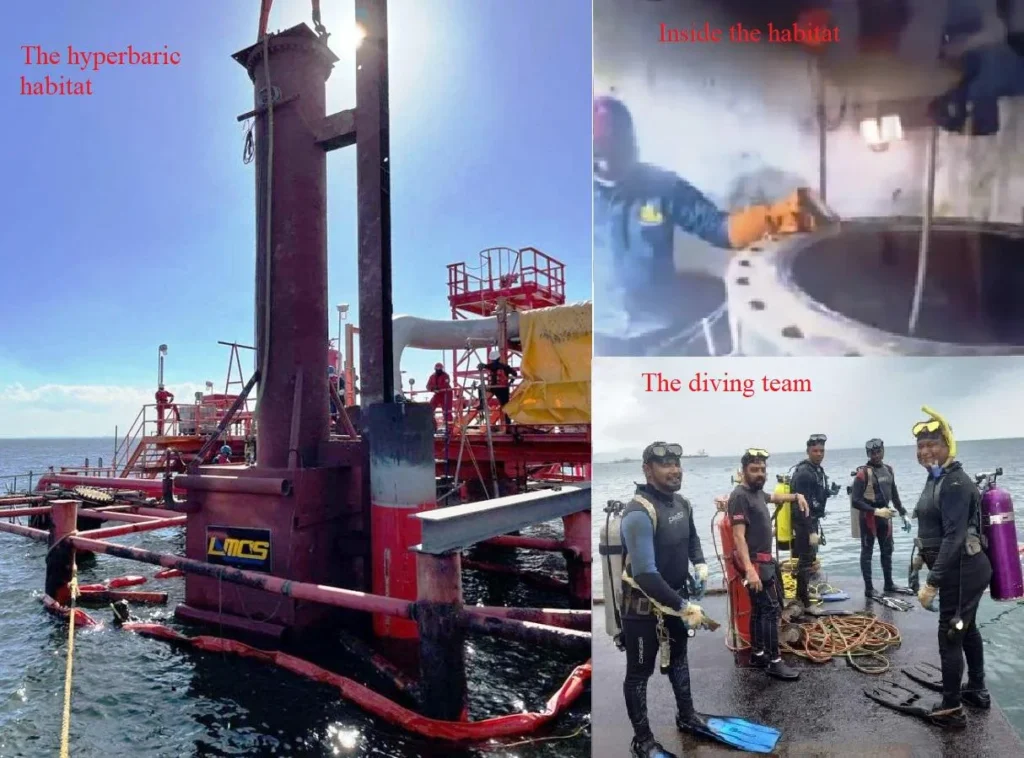

What should have been a routine maintenance operation for the Paria Fuel Trading Company had taken a catastrophic turn.
The divers, who had been contracted to perform underwater pipeline work, were sucked into the terrifying darkness of a 30-inch pipeline, acutely aware that they were caught in a life-or-death struggle.
The five men were trapped in a tight space with little air available. They banged on the sides of the pipe, hoping desperately their distress signals would be picked up somehow.
One of the divers decided to try to escape, and he made his way through the water and oil-filled pipes to try to return to land.
The remaining four waited as their friend and co-worker sought rescue for them.
Little did they know, their rescue would never come.
Not because their fellow diver hadn’t made it to safety but because the Paria Fuel Trading Company decided it was too much of a safety hazard to try and save the men.
This is the story of the Paria Fuel diving tragedy.
The Unfortunate Events At Paria Fuel
February 25, 2022, started as any other working day for divers Kazim Ali Jr., Yusuf Henry, Fyzal Kurban, Rishi Nagassar, and Christopher Boodram.
The five were set to carry out a standard maintenance task for Paria Fuel. It was a simple enough job for them, a duty they’d carried out many times before: repairing a subsea pipeline.
Their work was undeniably high-risk, but the experienced divers were highly trained to deal with any problems that may arise underwater.
The pipeline they were working on was a lengthy, 30-inch-diameter carbon steel pipe. They had to make their way to a hyperbaric chamber situated 30 feet below sea level.
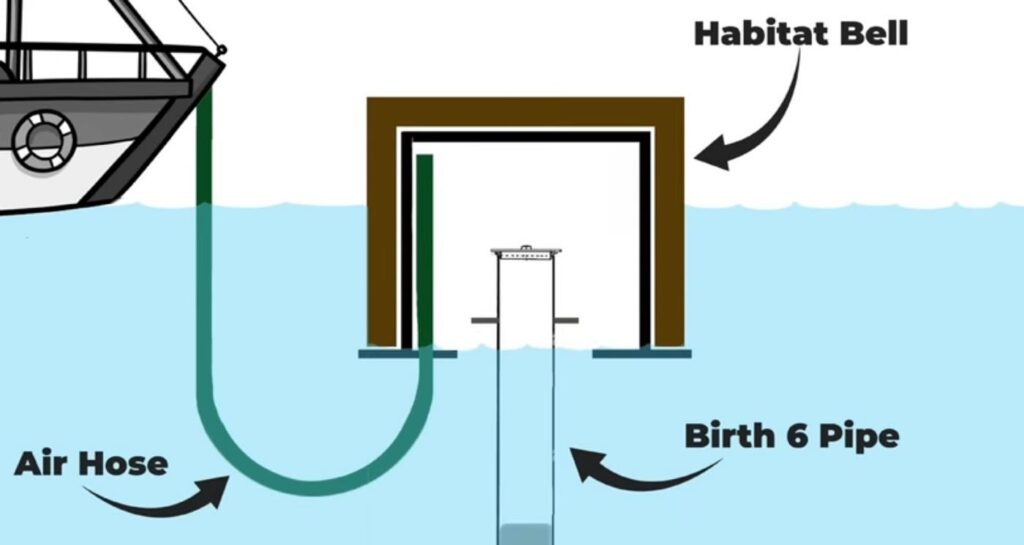
The chamber, also known as a hyperbaric habitat, ensured the men could breathe normally while underwater. It served as a dry and safe environment for the divers.
Only, on this day, the men were not safe. The pipeline they were working on was designed to transport fuel and is typically pressurized.
Isolating and depressurizing the pipeline is an essential step that needs to be carried out before any maintenance work begins. This is to ensure that pipes like this have no liquids or gases still flowing through it.
This is to prevent accidents and protect workers. However, the pipeline had apparently not been adequately depressurized in this case before the divers began working on it.
As the divers worked near the pipeline’s opening, they removed an inflatable plug, causing a pressure difference to develop between the inside and outside of the pipe.
This created a powerful suction force, similar to a powerful vacuum, quickly pulling the divers into the pipeline. The force was so strong that they were unable to resist it.
This is known as a Differential Pressure Hazard or a Delta P. It happens when there is a sudden difference in water pressure between two connected areas, causing water to rush in with extreme force.
The men were quickly sucked into the pipe. Once the suction ceased, they found they were trapped inside the enclosed, almost airless space, unable to climb their way back out.
Trapped in the tight pipeline, the divers did their best to assess their predicament and regain some control of the dire situation.
The suction had not only injured the men but also caused them sheer panic, confusion, and distress. However, in order to survive, the men needed to somehow maintain calm and preserve the little oxygen they had.
They attempted to communicate with each other and signal their distress by tapping on the pipe. Their limited air made the situation even more dire.
Hours passed, and the men had to concede that banging on the sides of the pipe would yield little in the way of help.
Three hours in, Christopher Boodram bravely decided to make his way through the pipeline to see if he could find an exit. He knew it was a case of seeking help or perishing trying.
After all, he had no idea where the pipe led to or how long it was, but he knew doing nothing had fatal consequences.
He agreed with the other men that he’d do his best to get them rescued and began his arduous journey. He wasn’t sure where it would lead, but Christopher knew he had to do something.
Moving forward in the pipe took a lot of energy. He had to be careful to conserve his oxygen. The suction created by the Delta P made it challenging to move. Still, pushing against the pull, Christopher inched forward for hours.
Its pipe was dark, and the destination was unknown, meaning the diver had to power through not only the tough physical challenge but also the mental and emotional barriers in the search for safety.
After hours, Christopher saw what felt like a mirage: an access point. This led him to an opening where he could finally pull himself from the pipe.
Once he reached the exit, he emerged into the same diving bell that had lowered the team of divers to the water earlier. From here, the crew was able to pull him out, and he told them of the other four divers still stuck underwater.
Surely, their rescue was now imminent? It turned out it wasn’t that easy.
The Doomed Rescue
Christopher told the team on the surface that three of the divers were stuck in a large air pocket, and the fourth was trapped alone in a second, smaller air pocket.
An urgent rescue mission wasn’t put in place, however.
The crew immediately notified Paria officials and emergency services. However, an initial response to the news wasn’t provided—Paria knew the men were stuck but didn’t initially offer any guidance on a rescue mission.
The more time passed, the less likely it would be that any of the men would be found alive.
As the pipeline operator, Paria insisted on controlling the entire rescue operation, overriding willing divers who were prepared to attempt rescue.
These divers had firsthand knowledge of the pipeline’s layout and were well-equipped to attempt a rescue. Still, Paria refused to allow them to do so.
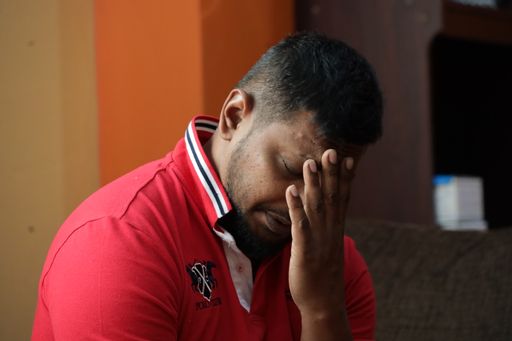
After critical hours passed, Paria finally agreed to a rescue mission, though it wasn’t rapid. They spent more time carrying out procedural checks as the men in the pipeline suffered from hypothermia and carbon dioxide buildup.
Eventually, the rescue was given the green light; the first diver was sent down to try to access the pipeline.
The diver descended carefully, but the suction created by the differential pressure made it incredibly difficult for anyone to physically enter the pipeline. Tapping sounds were heard along the pipe, indicating the trapped divers were still alive.
Frustratingly, the rescue divers could not break through the suction or reach them.
Even more frustratingly, Paria allegedly refused to cooperate with outside rescue teams, who were more than willing to attempt a rescue themselves, free of the constraints Paria put on their own rescue divers.
Hours passed with no real progress in the rescue efforts. Sadly, when the divers were finally located, they had all passed away.
Kazim Ali Jr., Yusuf Henry, Fyzal Kurban, and Rishi Nagassar were finally removed from the pipeline days after they’d been sucked in.
A Go-Pro camera was recovered from the site, shining a heartbreaking light on the diver’s final moments.
Kazim Ali had used the camera as part of the diving procedure, which captured footage of the moments leading up to and during the awful incident.
This footage exposed the horrifying circumstances the divers faced inside the pipeline and showed just what they were up against: extreme pressure, next to no space, and very limited oxygen.
The footage recorded the divers’ last moments alive.
Sound bites of their conversations have been released which exposes how panicked and helpless the men were.
With the incident hitting news headlines, there was one important question nobody was answering:
Who Is Responsible?
In the aftermath of the Paria Fuel tragedy, the families of the deceased and the public demanded answers.
Four men had passed away, and people were questioning whether their deaths had been preventable. Was this an accident that men couldn’t have been rescued from, or were their untimely deaths the result of negligence?
The Paria Fuel Trading Company was immediately under scrutiny. After all, the company was responsible for ensuring that its workers were operating in safe conditions and that proper procedures were in place and followed.
Paria’s response to the emergency—or lack thereof—was alleged to have led to the loss of four lives.
Not only was Paria slow in their response to the crisis, they were obstructive to others’ offerings of help and failed to assign any real responsibility for the rescue.
Paria was hesitant to approve the rescue operation, so this delay may have led to the divers perishing before being found.
Then, there was the fact that safety protocols within Paria were not adequately followed.
The company knew the differential pressure hazard is a known risk in underwater pipeline operations and should have taken measures to mitigate such dangers. Sadly, the divers were working in an environment with insufficient safety measures.
A Commission of Inquiry into the tragedy said Paria breached its duty of care and noted, “Paria’s negligence could be characterized as gross negligence and consequently criminal.”
In retaliation, Paria’s legal representative argued that the company was not legally obligated to conduct rescue operations for the trapped divers.
Paria later said they had no rescue plan for the trapped divers and had “no legal responsibility to rescue the men.”
In September 2024, legal action was initiated against Paria, and they faced multiple charges under the Occupational Safety and Health Act, including allegations of neglecting to prepare an adequate emergency plan and failing to ensure the safety of workers.
Collin Piper, Paria’s Terminal Operations Manager, was also charged with facilitating breaches of the Act.
Despite these charges, Paria has never accepted responsibility for the incident. The company has not issued a response regarding the lawsuit.
In the aftermath of the incident, sole survivor Christopher Boodram has been left understandably traumatized by the ordeal. He is left deeply affected both physically and emotionally, experiencing persistent nightmares and flashbacks of the traumatic event.
As of February 2025, the case against Paria is still ongoing.
Sources
https://divemagazine.com/scuba-diving-news/pipeline-diver-tragedy-corporate-manslaughter
https://tt.loopnews.com/content/paria-diving-tragedy-timeline-events
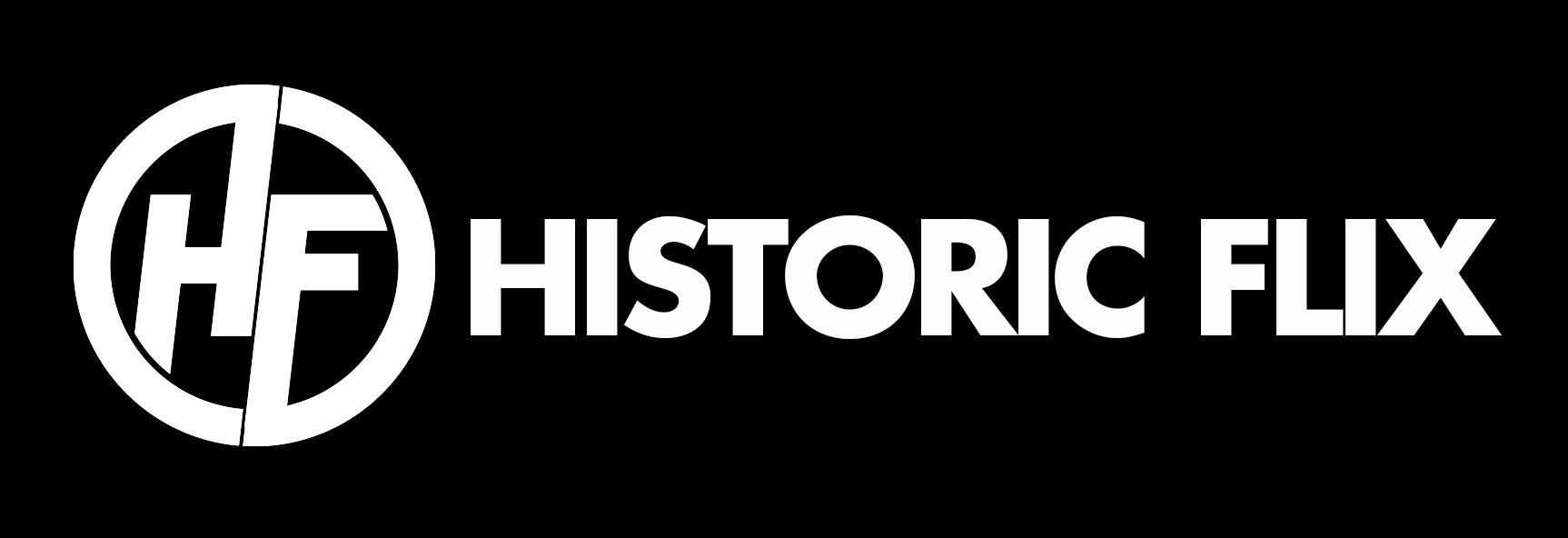


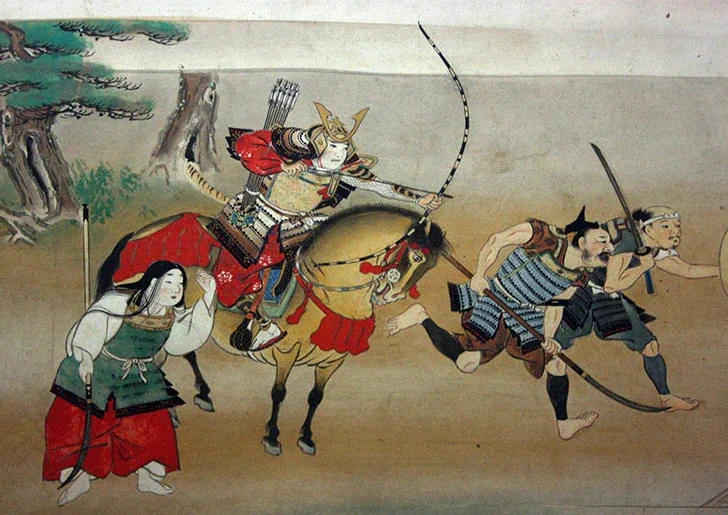


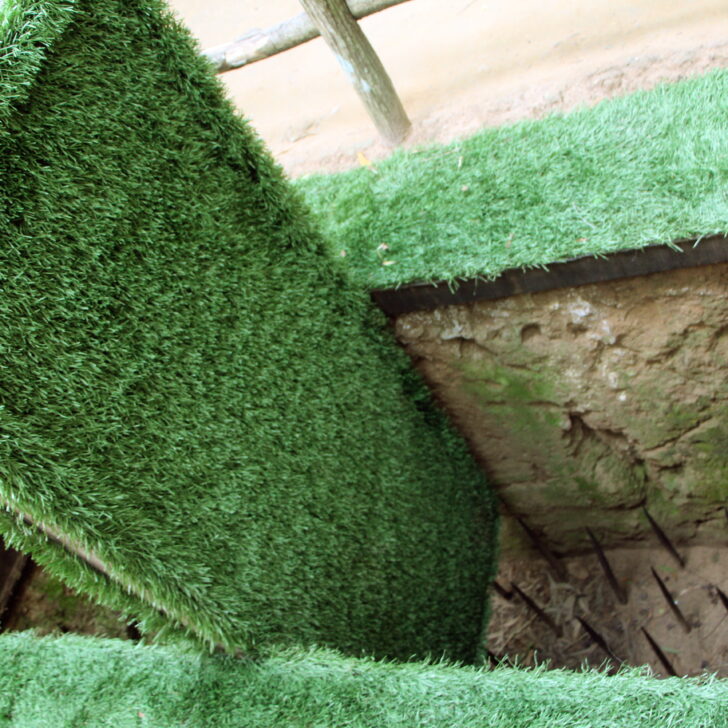
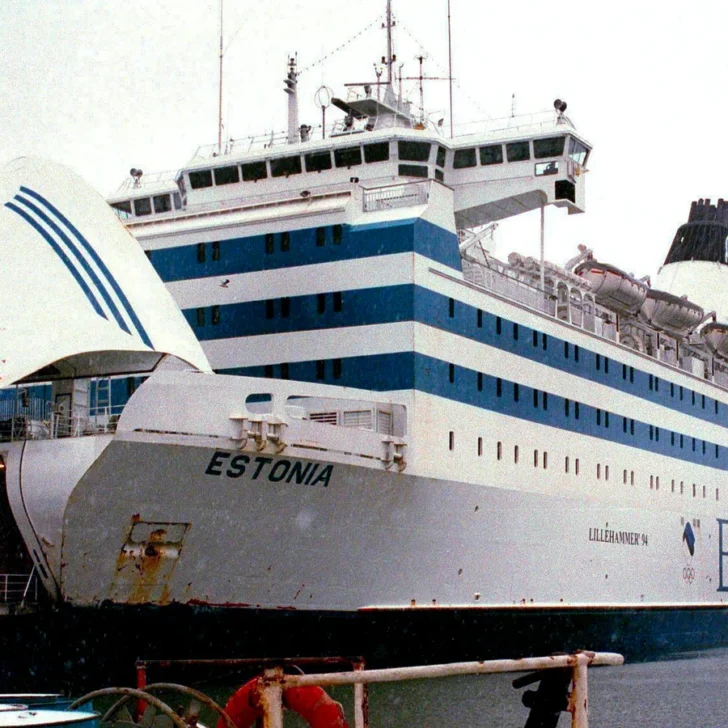
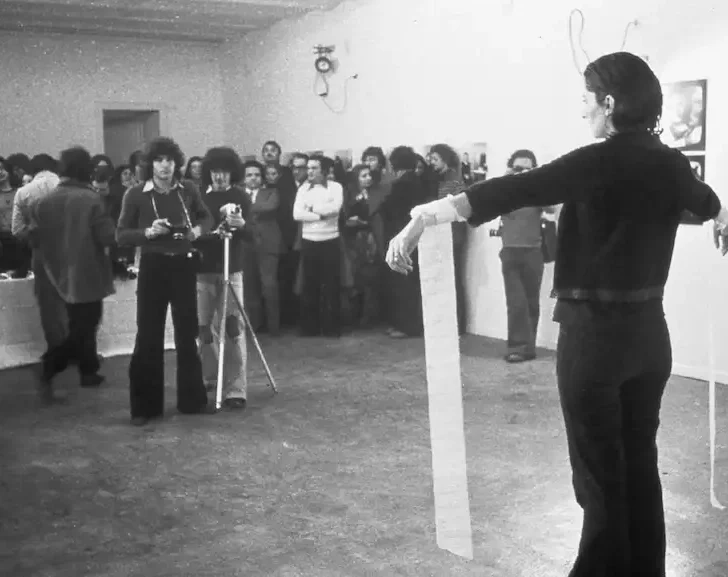
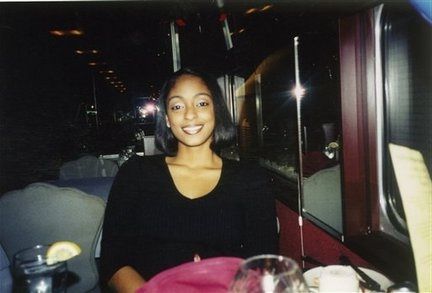

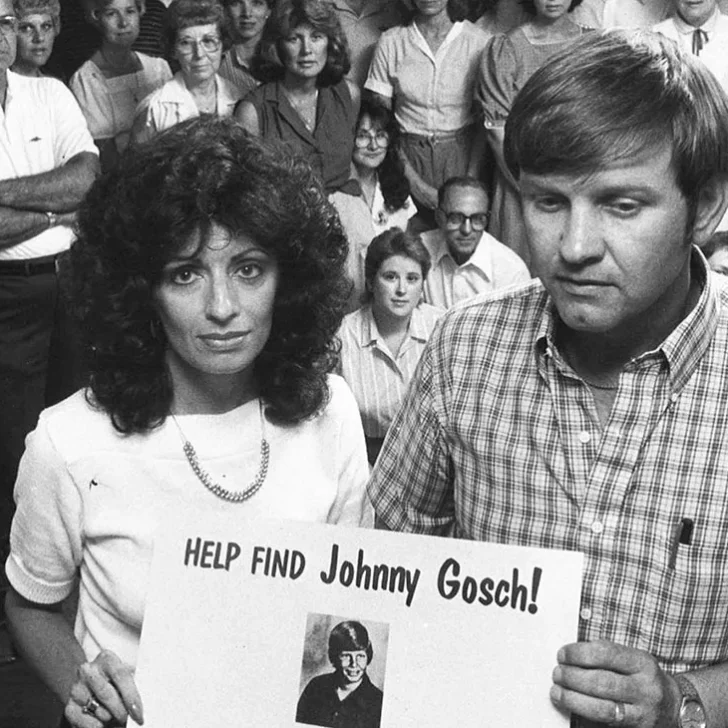
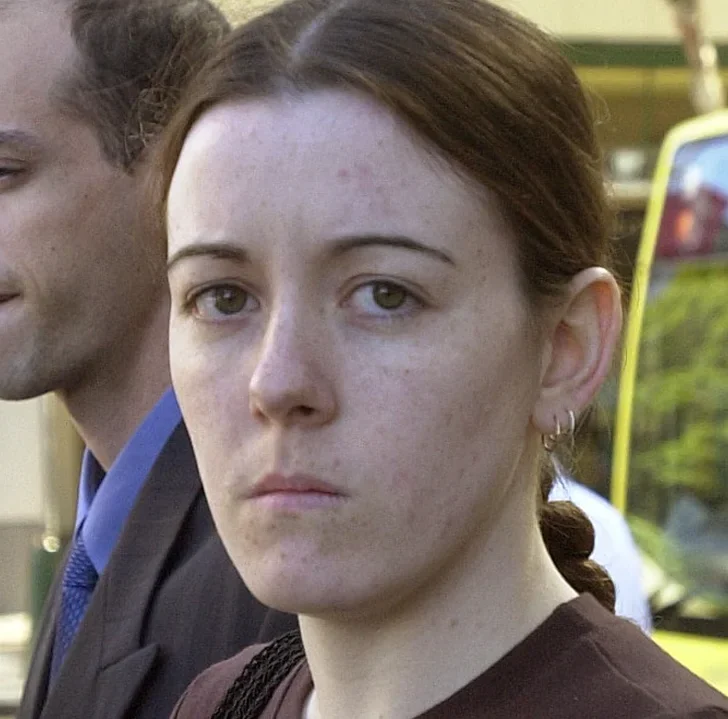
Leave a comment